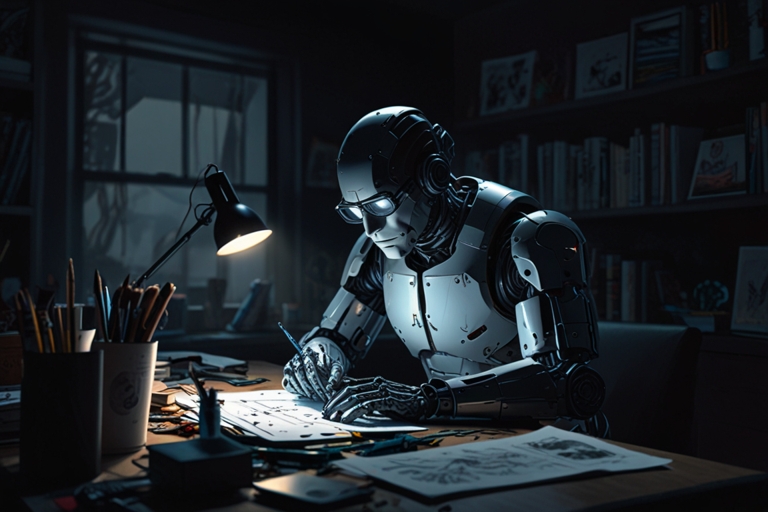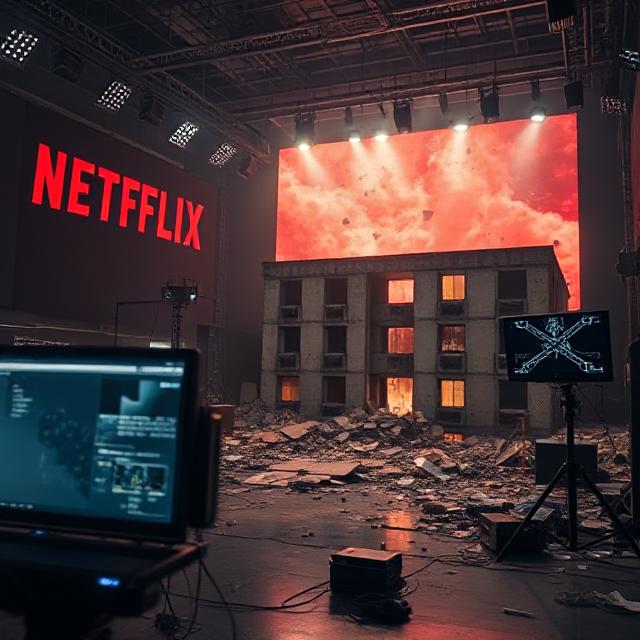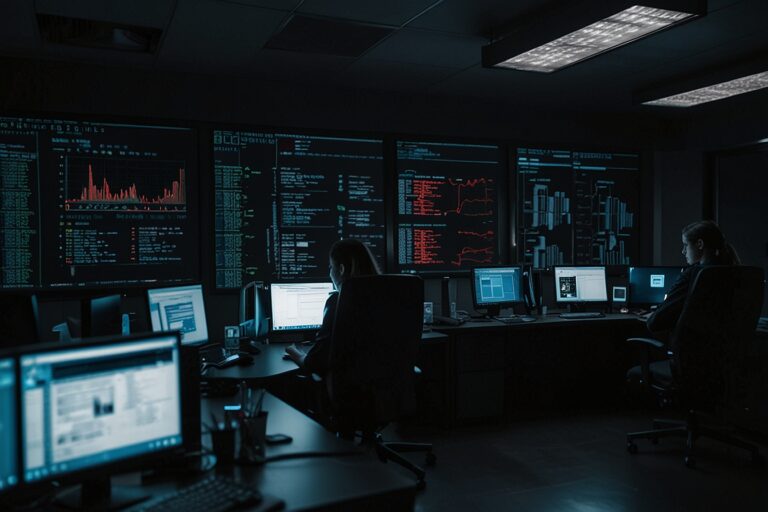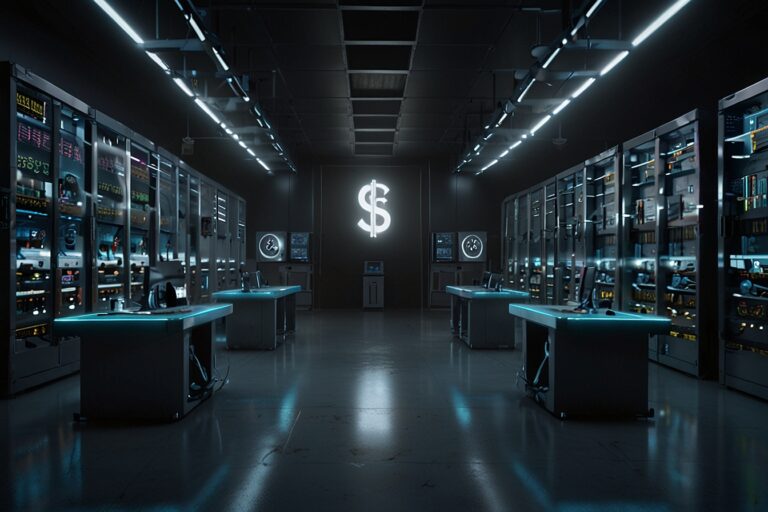
TL;DR
- Comic creator Paul Pope is releasing new work after a long hiatus—supporting a gallery exhibit, art book PulpHope2, and a forthcoming sci‑fi epic THB.
- More concerned with “killer robots, surveillance, and drones” than generative AI plagiarism, though he uses AI for research.
- Pope remains committed to analog tools—brushes, ink—citing their tactile value and resistance to AI replication.
- He anticipates AI may soon replace creatives, but trusts human ingenuity and originality to preserve art’s soul.
A Creative Reinvention
Paul Pope, renowned for Batman: Year 100 and Battling Boy, is resurfacing with new projects after over a decade away. He’s balancing retrospection and reinvention with a gallery show at New York’s Philippe Labaune Gallery, the expanded art book PulpHope2, and the first volume of his sci‑fi epic THB planned for fall release.
Pope described these efforts as “a number of chess moves”—reintroducing and rebranding himself. “Making graphic novels is not like making comics… it can take years… No one can see the work,” he explained. This gallery moment serves to signal his return after years of frustrating private work.
Analog Roots in a Digital Era
Pope remains rooted in analog techniques—brush, ink, and paper—despite some digital usage. He began using Photoshop in 2003 for coloring and textures but opts for traditional tools. He cited Moebius, Alex Toth, and Steve Ditko as inspirations, noting an original ink drawing is irreplaceable: “If you have a digital document… there is no drawing.”
Still, he acknowledges the inevitability of digital tools: “The genie is out of the bottle.” Analog work, he emphasized, is punishing and builds craftsmanship—”first 1,000 ink drawings… humiliating… you get authority over the tool.”
AI Usage: Utility Versus Creativity
While wary of generative AI, Pope employs it as a research assistant. He used it to gather obscure details about cartoonist Attilio Micheluzzi but described it as unreliable—”80% correct, 20% hallucinated.”
Intellectual property concerns loom large—AI can mimic styles based on training data: “If somebody publishes… it looks just like mine, that might be a problem.” He likens unauthorized AI usage to MP3 torrenting but acknowledges legal ambiguity around compensation and regulation.
Bigger Fears: Autonomous Tech and Surveillance
Pope’s anxieties extend past AI art theft to “killer robots and surveillance and drones.” He predicts robot enablers will be prevalent in war and everyday life—”fully robot‑serviced coffee shop” in Brooklyn already exists.
He fears unchecked development without public oversight could create “a tipping point”—some developers focus on innovation and profits, not ethics.
Can Humans Outcreate AI?
Despite AI’s threats, Pope remains optimistic: “Humans have an advantage… conscience, memory, emotional reflection”—qualities machines lack. While AI can replicate Jim Lee’s style, it cannot emulate groundbreaking creativity akin to Miles Davis or Picasso. He underscores the importance of discipline: mastering brushwork is essential to original invention; bypassing that risks devaluing creativity.
What’s Next for Pope
Later this year, Pope will launch the first volume of THB, a personal sci‑fi series. He hinted that Battling Boy 2 remains in the pipeline but will follow THB. These upcoming works signal his return to hands‑on storytelling and commitment to creative evolution.
Paul Pope at a Glance
| Detail | Info & Links |
| Gallery exhibition | Philippe Labaune Gallery, New York (TechCrunch) |
| Art book | PulpHope2: The Art of Paul Pope – expanded edition, released March 2025 |
| Sci‑fi epic | First volume of THB, due fall 2025 |
| Tools used | Brushes, ink, Sumi ink, Photoshop since 2003 |
| AI usage | Research only—checks facts, but prone to hallucinations |
| Biggest concern | Autonomous technology—robots, drones, surveillance |
| Upcoming projects | THB Volume 1 this fall; plans for Battling Boy 2 afterward |
Conclusion
Paul Pope’s return marks a delicate balancing act: honoring analog craftsmanship while embracing modern tools, cautiously exploring AI’s potential without losing creative soul. His concerns over technological overreach—from infringement to autonomous warfare—highlight the ethical crossroads facing artists and society. Above all, Pope’s belief in human ingenuity and discipline shines through, reminding us that originality grows from roots, not shortcuts.






